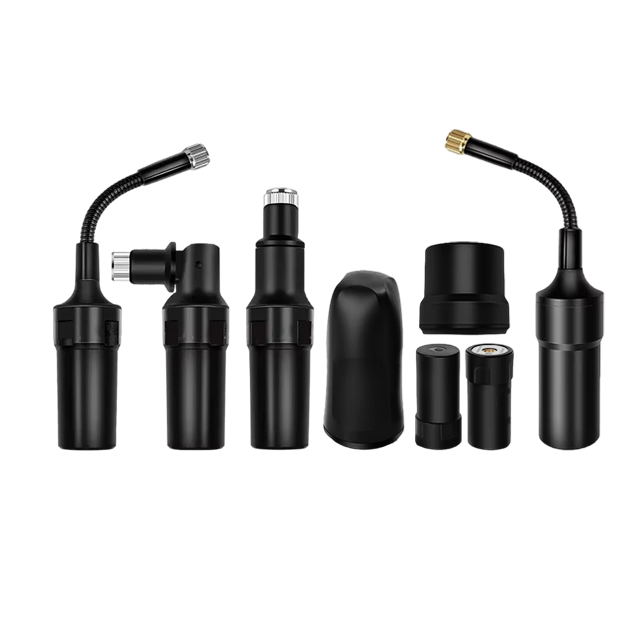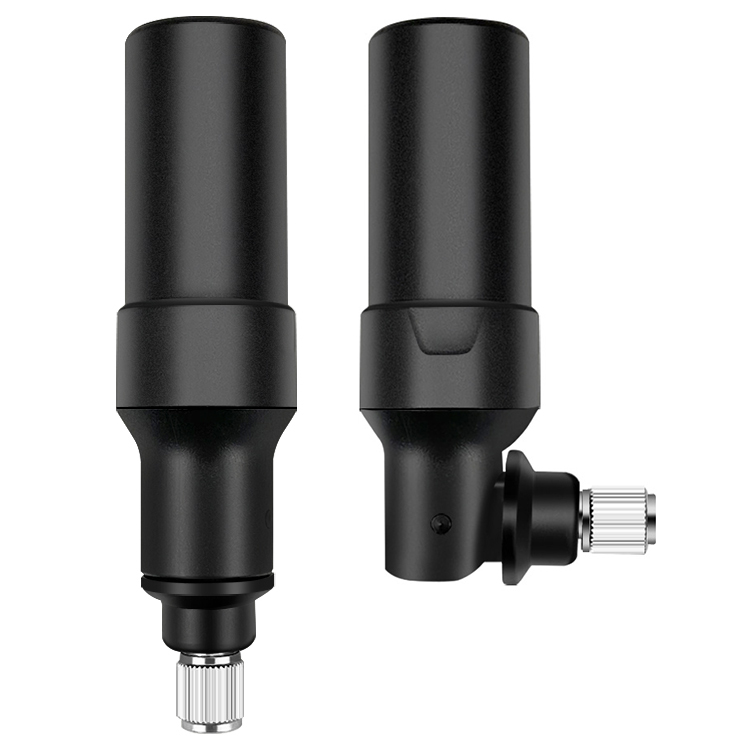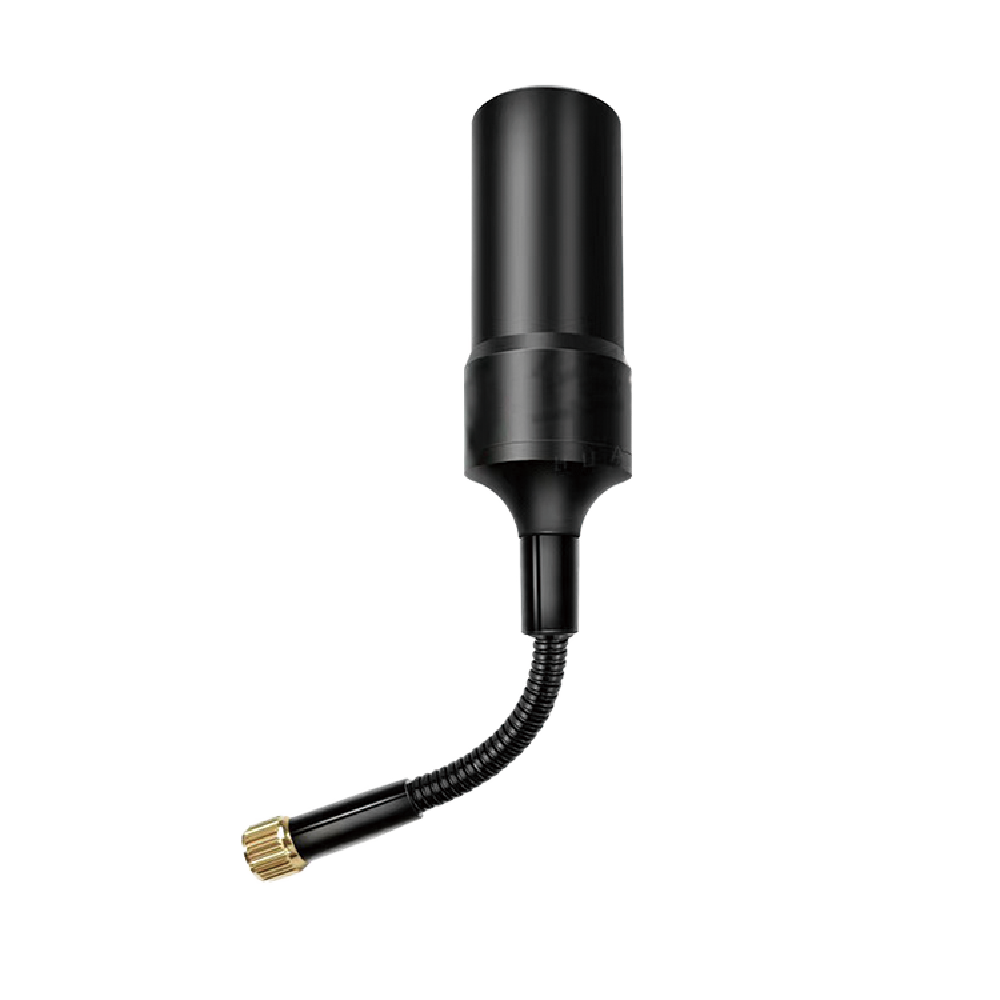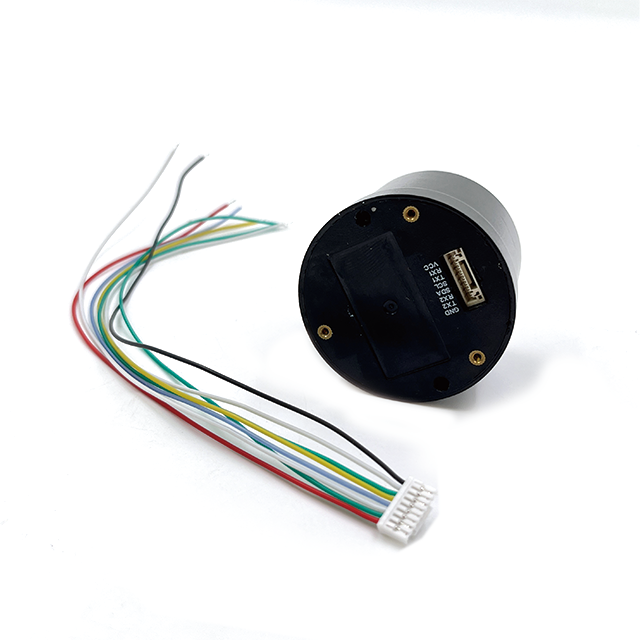The unique capabilities of compact GNSS RTK helical antennas have unlocked and enhanced a vast array of applications that demand reliable, centimeter-accurate positioning.
Current Applications:
Precision Agriculture: The quintessential application. Helical antennas are mounted on tractors, harvesters, and sprayers for automated guidance, variable rate application (seeding, fertilizing, pesticides), and yield mapping. Their robustness is key in the harsh vibration environment of farm equipment.
Surveying and Mapping: Used on survey poles, tripods, and base stations. The stable phase center ensures that measurements are consistent and accurate, whether setting a property boundary or conducting a topographic survey.
Unmanned Aerial Vehicles (UAVs) / Drones: This is a massive growth area. Drones for aerial photogrammetry, LiDAR mapping, and agricultural spraying rely on RTK with helical antennas for precise positioning and stable hovering, enabling the creation of highly accurate 2D and 3D models. The antenna's ability to maintain lock during aircraft pitch and roll is critical.
Machine Guidance and Control (Construction, Mining): On bulldozers, graders, and excavators, RTK systems guide blades and buckets to the exact design grade without the need for stakes. The antenna's multipath rejection is vital on chaotic construction sites.
Autonomous Vehicles and Robotics: From research platforms to emerging commercial applications in logistics and last-mile delivery, autonomous systems require a precise and absolutely reliable absolute position as a core sensor input. The helical antenna provides this foundation.
Marine and Hydrographic Survey: Used on boats for precision navigation, channel mapping, and dredging operations.
Future Trends:
Further Miniaturization: The drive will continue to make these antennas smaller, lighter, and lower power for integration into smaller drones, wearable devices, and consumer electronics, potentially bringing RTK-level accuracy to a broader market.
Multi-Frequency, Multi-Constellation as Standard: Future designs will be optimized by default for all available signals (L1, L2, L5, L6, etc.) from all constellations, maximizing accuracy, availability, and reliability through advanced signal combinations.
Tighter Integration with Other Sensors: The antenna will become part of a "Positioning Engine" module that tightly couples the GNSS receiver with inertial measurement units (IMUs), odometry, and potentially even cellular and WiFi positioning in a single, optimized package for seamless navigation in GNSS-denied environments (e.g., tunnels, urban canyons).
Enhanced Interference Mitigation: With the RF spectrum becoming increasingly crowded, future antennas will incorporate more sophisticated integrated filtering and adaptive nulling techniques to combat both intentional and unintentional jamming and interference.
"Smart" or Adaptive Antennas: Research is ongoing into antennas that can electronically steer their beam pattern or adapt their characteristics in real-time to null out interfering signals or to maximize gain towards visible satellites, further enhancing performance in challenging signal environments.
The compact helical antenna is not a static technology; it is evolving to meet the ever-increasing demands of the autonomy and precision positioning revolution.
Conclusion
The compact GNSS RTK helical antenna is a profound example of how a deep understanding of fundamental electromagnetic principles, when combined with advanced materials and precision engineering, can produce a component that is transformative. It is far more than a simple passive element; it is a highly optimized, active electro-mechanical system that serves as the critical first line of defense against error and the primary guarantor of accuracy.
Its innate advantages—exceptional multipath rejection, unparalleled phase center stability, wide bandwidth, and robust gain pattern—make it the superior choice over alternative designs like patch antennas for any application where reliability and centimeter-level precision are non-negotiable. While it carries a cost and size premium, this investment is directly reflected in the quality of the data collected, the efficiency of operations enabled, and the reliability of autonomous systems dependent on it.
As the world moves inexorably towards greater automation in agriculture, construction, transportation, and logistics, the demand for precise and trustworthy positioning will only intensify. The compact helical antenna, continually evolving through miniaturization, broader bandwidth support, and tighter sensor integration, is perfectly positioned to remain the indispensable engine at the heart of the high-precision GNSS ecosystem for the foreseeable future. It is a key enabler, quietly and reliably turning the promise of centimeter-accurate real-time positioning into a practical reality that is reshaping industries and defining the future of automation.




































































 Language
Language
 En
En Cn
Cn Korean
Korean

 Home >
Home > 








 18665803017 (Macro)
18665803017 (Macro)













